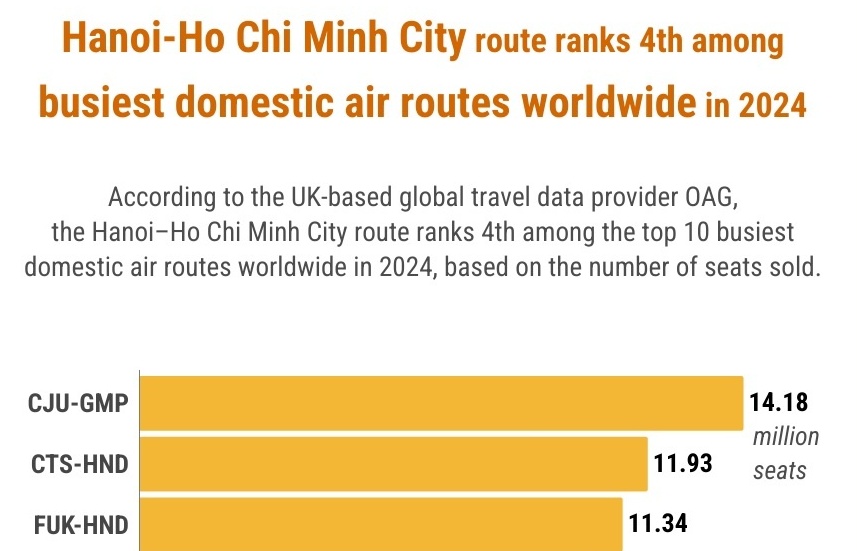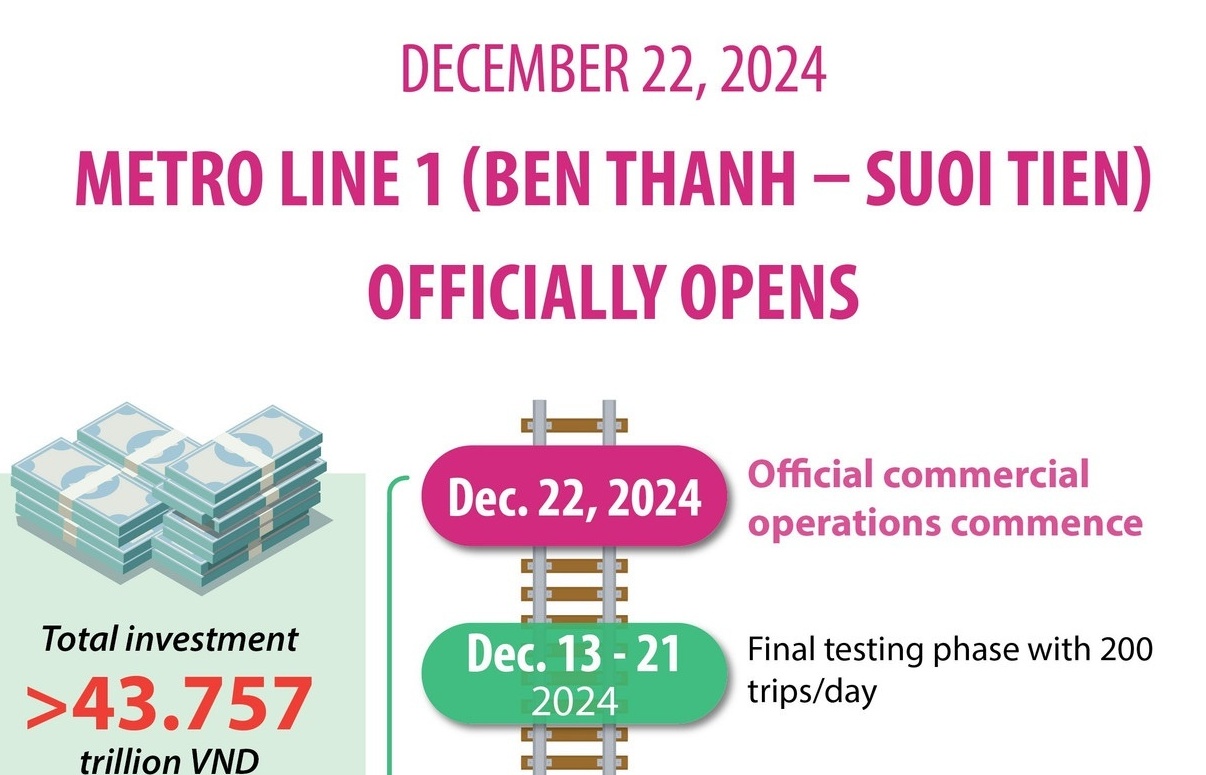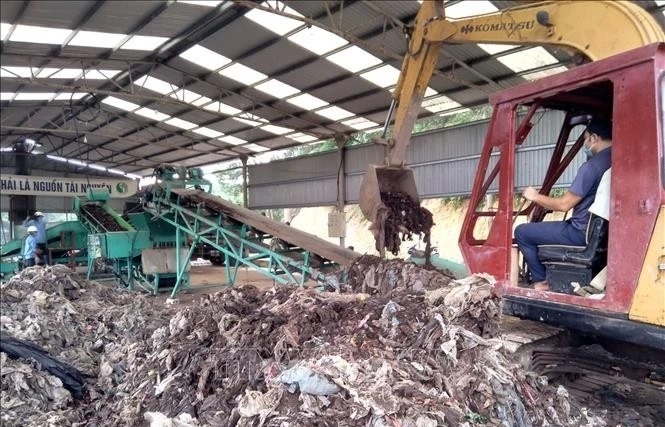Typhoon Haiyan damage likely to have muted impact on Philippine economy

This aerial photo shows destroyed houses in the city of Tacloban, Leyte province, in the central Philippines after Super Typhoon Haiyan devastated the town. (AFP PHOTO / TED ALJIBE)
SINGAPORE: As the Philippines counts the human cost of Typhoon Haiyan, analysts are starting to gauge the harm the storm will have on the country's economy.
The economic damage is relatively contained - some estimates put the non-insured impact at US$12 billion, or less than 5 per cent of the country's US$250 billion economy.
The super typhoon had pummelled the Philippines, flattening buildings, destroying neighbourhoods and wiping out large swathes of the country's sugar and rice producing lands.
David Kuo, CEO of The Motley Fool Singapore, said: “When the typhoon hit the stock market fell. That is only to be expected. Because there's a saying in the market - when in doubt, let's get out. But I think that response will be fairly muted because when people look at the Philippines, they'll go 'right, the whole economy hasn't been that badly affected’.”
The devastation comes at a time of relative economic strength for the Philippines, with infrastructure investment, low inflation and small deficits keeping the country's growth rate at more than 7 percent for four consecutive quarters.
Mr Kuo said: “This typhoon will affect things like the agriculture industry because the Philippines is largely agrarian. Therefore things like rice and sugar may be affected. But again, this is short term. The beauty about crops is that they grow again.”
Despite the devastation, there is likely to be some economic benefit as the government injects funds into the regions to rebuild what has been destroyed.
Wu Mingze, market specialist at OANDA Asia Pacific, said: “We know that the rebuilding effort is going to cost money but this cost is going to beneficial when we talk about the cycle of spending. It's going to build up the economy even further.”
What the stars mean:
★ Poor ★ ★ Promising ★★★ Good ★★★★ Very good ★★★★★ Exceptional
Latest News
More News
- More than $2 billion boost to growth as UK joins CPTPP (December 16, 2024 | 17:25)
- Malaysia launches national AI office for policy, regulation (December 13, 2024 | 10:13)
- ADB approves 500 million USD loan for Philippines’s public financial management reform (December 13, 2024 | 10:00)
- Five tech predictions for 2025 and beyond (December 11, 2024 | 15:52)
- Singapore cracks down on illegal lending operations (November 26, 2024 | 09:25)
- Cambodian King to pay state visit to Vietnam (November 26, 2024 | 09:13)
- Trump claims 'magnificent' victory over Harris (November 06, 2024 | 16:55)
- Trump at 266 electoral votes, Harris at 195: US media (November 06, 2024 | 14:30)
- Trump on verge of victory over Harris (November 06, 2024 | 14:26)
- Tech companies invest in data centres in Thailand (November 04, 2024 | 16:23)



















 Mobile Version
Mobile Version